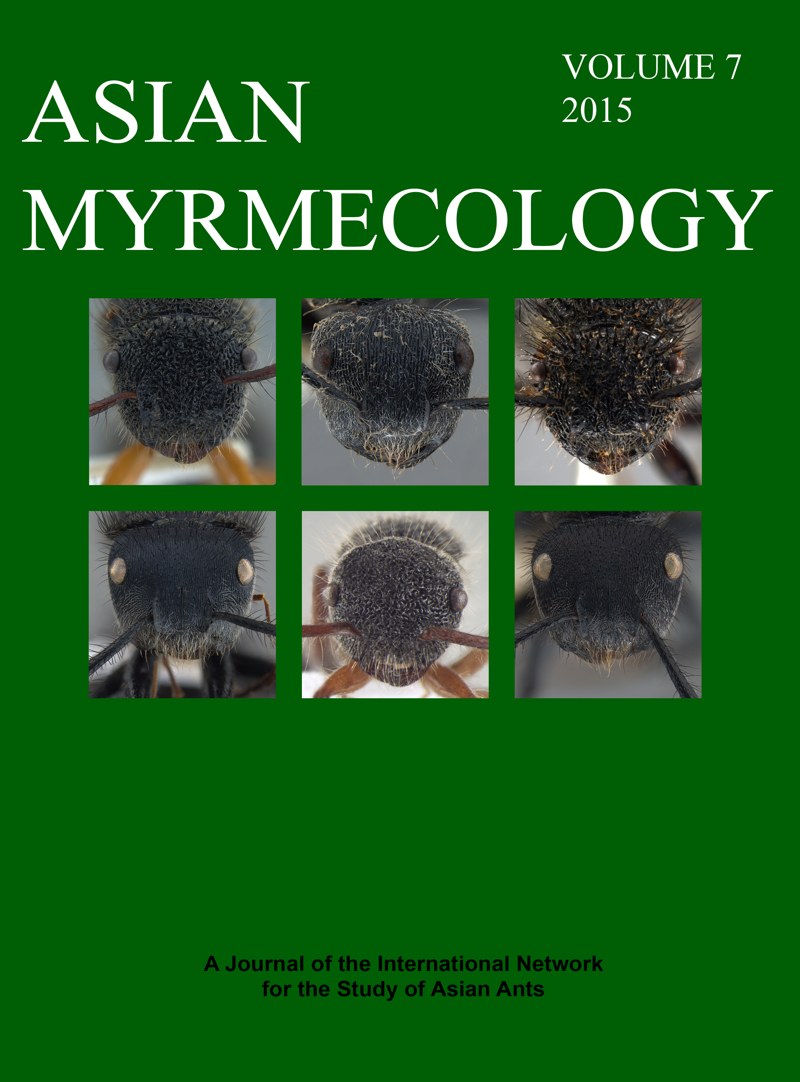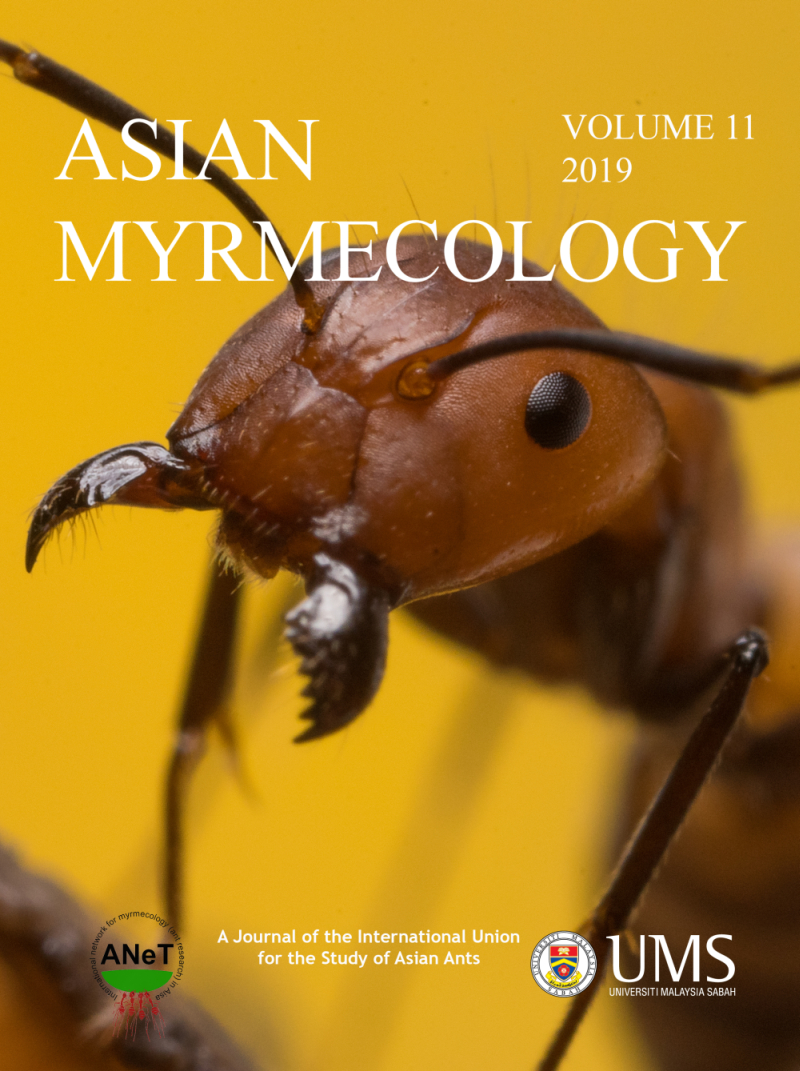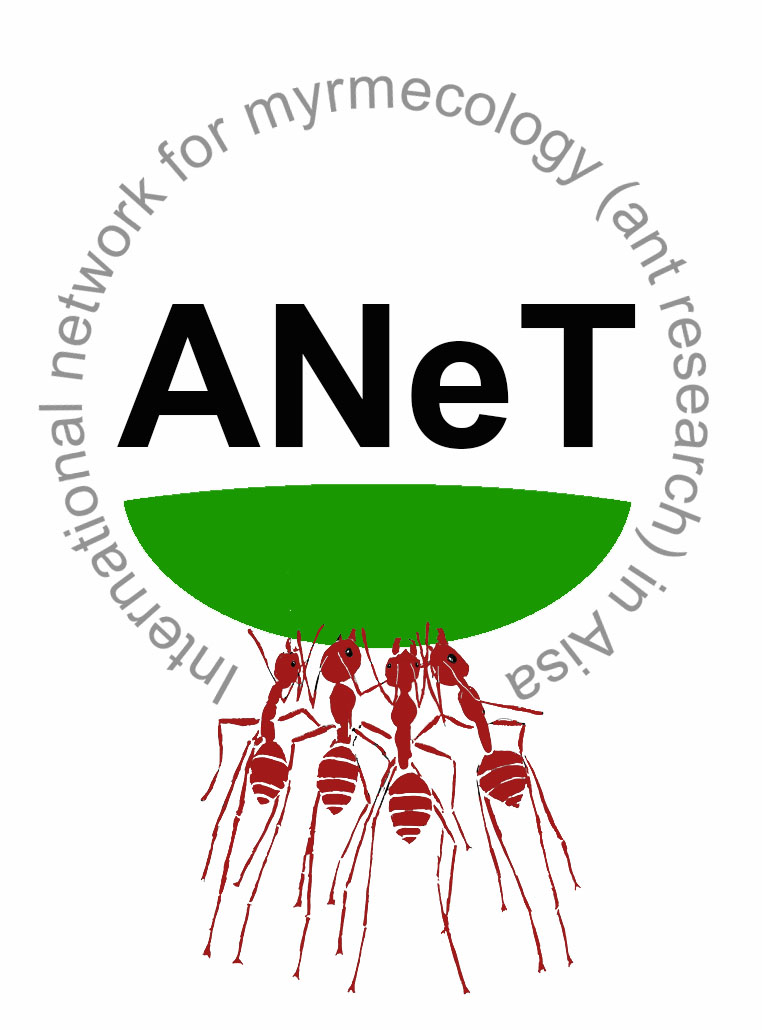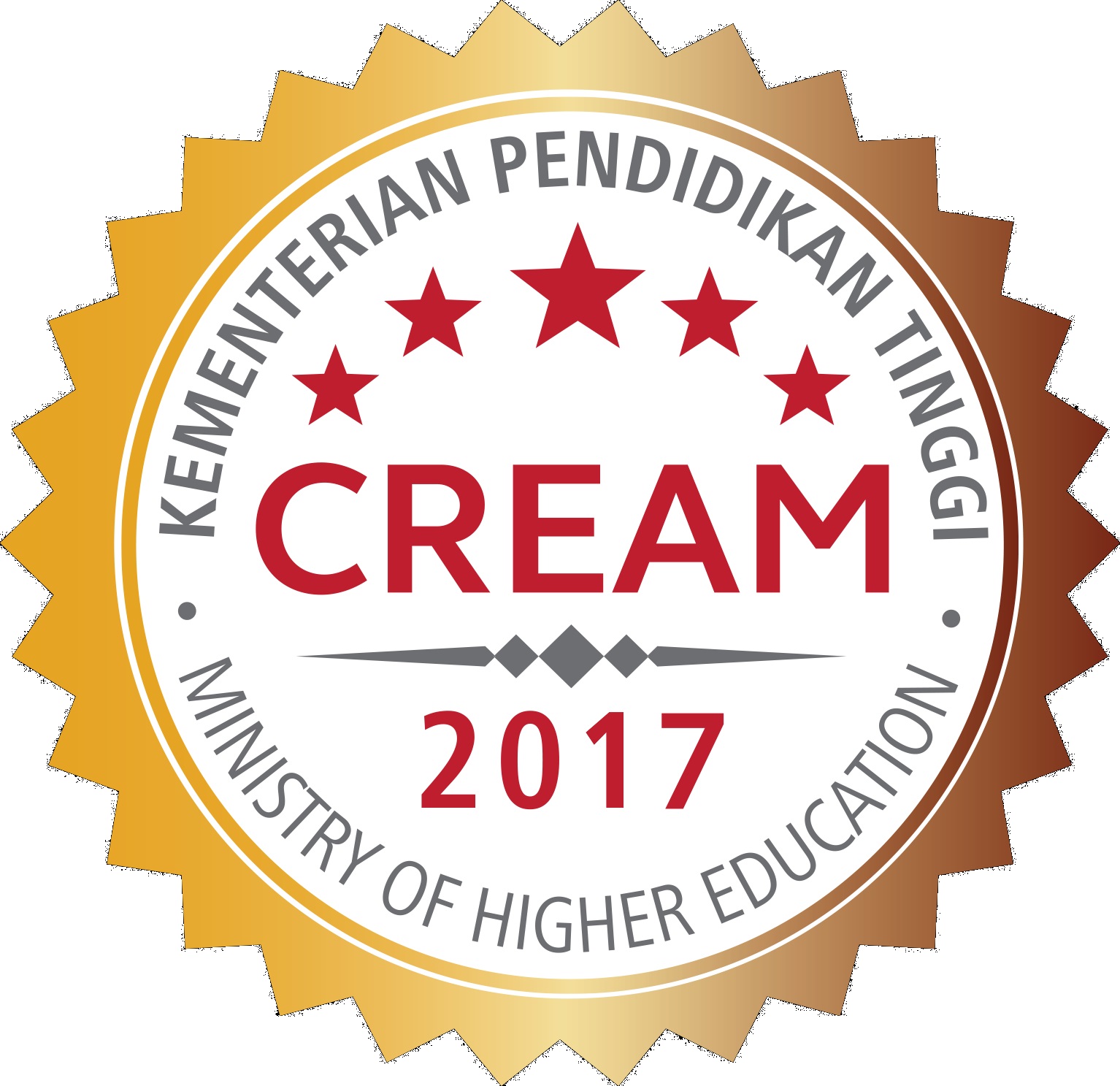ASIAN
MYRMECOLOGY
Ecology and Distribution
Asian Myrmecology, Volume 7, pages 84-104, published August 2015
DOI: 10.20362/am.007009
Intensive agroforestry practices negatively affect ant (Hymenoptera: Formicidae) diversity and composition in southeast Sulawesi, Indonesia
WARA ASFIYA1, 2*, LORI LACH3, 4, JONATHAN D. MAJER5, BRIAN HETERICK5 & RAPHAEL K. DIDHAM1, 6
Abstract:
Many natural forests in southeast Asia have been replaced by agroforestry systems with increasingly intensive management practices. To test the effects of intensive agroforestry practices on the retention of rainforest biodiversity, we quantified ant diversity and composition in three cocoa plantations versus three rainforest remnants in the remote Mekongga Mountains of Southeast Sulawesi, Indonesia. Using three complementary sampling methods (pitfall trapping, leaf litter sifting, and sardine baits) we found substantially more species in the rainforest sites (67 spp.) than in the cocoa sites (43 spp.), though high variability in richness among forest samples precluded finding a statistically significant difference in mean ant richness between cocoa versus rainforest habitats. However, only 23 out of the total 88 species were shared between habitat types and an ANOSIM analysis showed that forest ant assemblages were significantly different from cocoa ant assemblages, with an average of 89.8% dissimilarity of species relative abundances between rainforest fragments and cocoa plantations. Whereas rainforest fragments were dominated by a diverse array of native species in the genera Pheidole, Prenolepis, Odontomachus and Tetramorium, cocoa plantations were dominated by the tramp ant species Anoplolepis gracilipes (yellow crazy ant), Monomorium floricola (the flower ant) and Nylanderia vaga. The results of this study suggest that intensive agroforestry had a dramatic influence on ant species composition, promoting the establishment of invasive tramp ant species and the loss of rainforest specialist species. This contrasts with previous findings that agroforestry can result in a ‘win-win’ for both biodiversity conservation and agricultural production. Our results suggest that intensive production practices have strong negative effects on native biodiversity in agroforests, and effective conservation strategies must focus on limiting land-use intensification.
Keywords:
invasive ants, biodiversity, cocoa plantation, Formicidae, land-use, rain-forest, Sulawesi
Get PDF (1030K):
1School of Animal Biology, The University of Western Australia, 35 Stirling Highway, Crawley WA 6009, Australia
2Bogor Zoological Museum, Research Center for Biology,Indonesian Institute of Sciences, Gd. Widyasatwaloka, Jl. Raya Jakarta-Bogor Km. 46 Cibinong 16911, Indonesia
3School of Plant Biology, The University of Western Australia, 35 Stirling Highway, Crawley WA 6009, Australia
4Centre for Tropical Biodiversity and Climate Change, James Cook University, Cairns, Qld 4870 Australia
5Department of Environment & Agriculture, Curtin University, Kent Street, Bentley, WA 6102, Australia
6CSIRO Land & Water Flagship, Centre for Environment and Life Sciences, Underwood Ave, Floreat WA 6014, Australia
*Corresponding author: wara.asfiya@lipi.go.id



